Imagine, for a moment, you’re planning to buy a pair of shoes.
Let’s also assume you’ve been thinking about these shoes for the last week and have carried out a handful of Google searches to mull it over.
At this stage, you’re excited. The only other thing you need is to know how the shoe feels on your foot… as well as validation you’re making the right choice.
But what you get upon finally entering a store is a sour dose of disappointment.
Standing about are a handful of apathetic employees sneaking the occasional peek at their Instagram. Others are simply re-stocking perpetually disarrayed shelves.
Maybe you manage to wrangle one of them to fetch a pair in your size. Or maybe you leave, feeling frustrated, without ever approaching a store associate.
Chances are, what you fail to notice is the layout of the store. The lighting. The music. The extravagant product displays that someone, somewhere, spent weeks, or months, laboring over.
It’s Time to Rethink The Store
The truth is, this is an experience many retailers are still offering up to customers.
One of the major problems with a lot of physical retail is it fails to encourage the meaningful connections between employees and customers that would invigorate the buying journey.
But it’s not a practice that can continue for much longer. The current rate of store closures is somewhat indicative of this. This year has already seen more stores shut their doors than in all of 2018, while the list of malls and legacy brands biting the dust also continues to grow
Earlier this month, retail veteran Ron Johnson, shared a brutally honest, yet accurate commentary on the state of physical retail.
“We’re going to continue to see a significant number of store closures,” Johnson said. “The reality is crappy malls and bad stores can’t compete anymore. There are too many other great choices, and in the US, we’re way overstored in terms of square footage.”
As forward-thinking brands continue to evolve, investing more into store experience, Johnson concluded, brick-and-mortar will have to provide “something that you can’t get online.”
INDOCHINO: A “Post-Digital” Example
Strangely enough, the best examples of retailers creating experiences that can’t be found online… are those that started online.
Tangible environments that foster poignant, people-powered brand interactions are fast becoming invaluable touchpoints for originally online only brands. So much so, their future growth actually relies on shifting their efforts to the realm of the physical store.
“I like to think we’ve entered a new era which I call the post-digital era of commerce, where digital retailers are racing to the physical faster than physical retailers are racing to digital. It’s pretty mind-bending to contemplate that,” Johnson said. “We’ve all been told stores are done. But the reality is stores have found their place.”
INDOCHINO is a prime example of a digitally-native company re-shaping the relationship between store, customer, and staff member… or, as INDOCHINO calls them, Style Guides.
Originally launching in the form of a website in 2007 and kicking off its physical retail journey with pop-ups and traveling tailors, this year the brand will roll out its 51st store, and shows no signs of losing momentum.
“Our style guides spend as much as an hour with a customer. This one-on-one time really allows us to build a relationship and the built environment helps us do this,” Dean Handspiker said.
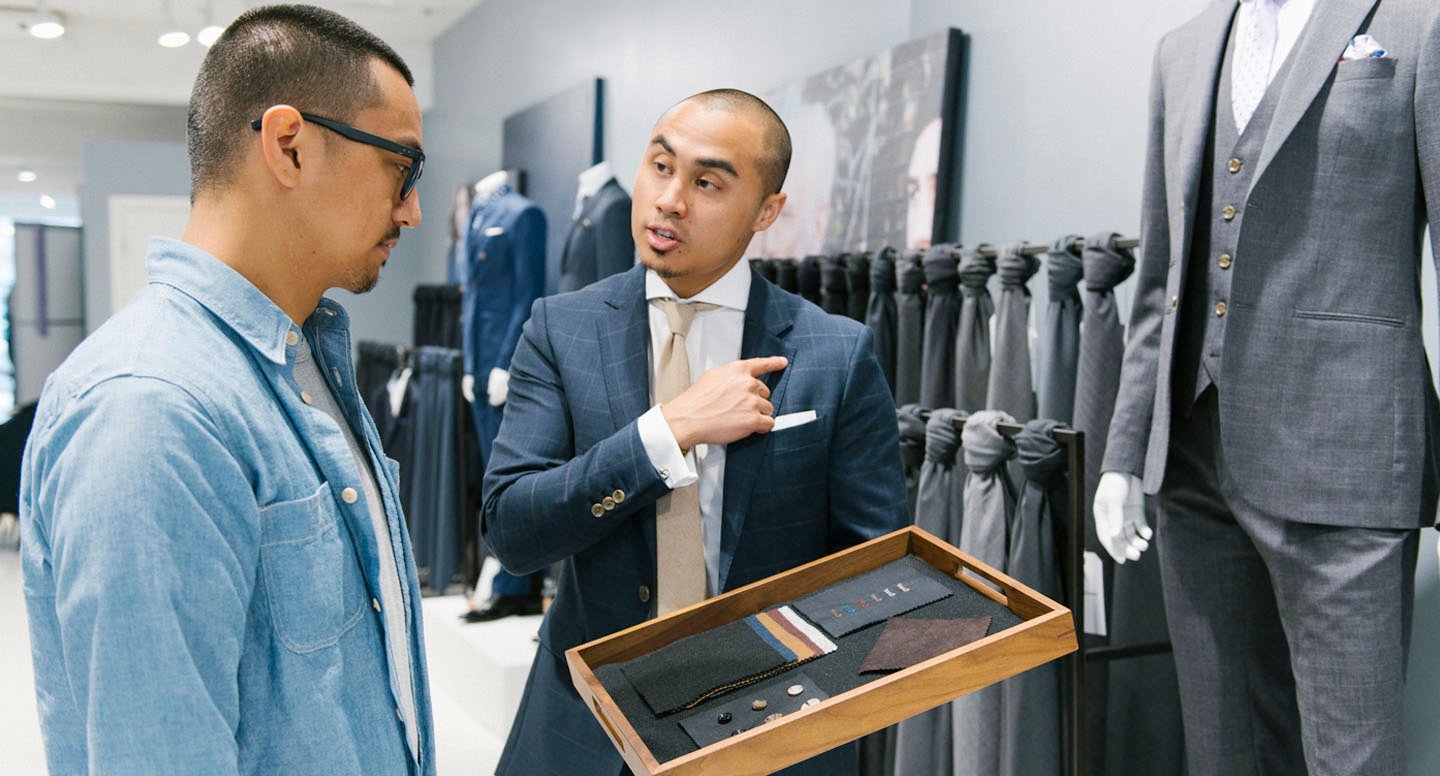
The brand’s VP, Design - Product and Store Development reasoned that one of the biggest shortcomings of inventory-based businesses is that they tend to reduce customer interactions down to mere transactions. He did, however, acknowledge INDOCHINO’s showroom concept “is more translatable in some categories and at certain price points than others, and I respect that. I’ve been in fast fashion as well where it’s more about the presentation of products rather than servicing clients. Unfortunately, this model has even spread to the boutique or high-end model, where there aren’t enough available staff to engage with customers uninterrupted.”
How Does INDOCHINO Do It?
Not having inventory in the store and doing away with a traditional cash register setup allows INDOCHINO Style Guides “more space to play.” Walking with customers around a variety of large, well-merchandised displays and utilizing mannequins to customize outfits offers a tactile and personable experience for both the guest and employee.
“People who love retail, who love interacting with people, and love providing advice are often short-changed in traditional retail ”
Technology is also a large part of the equation. INDOCHINO equips Style Guides with tablets to help showcase the range of products, as well as close out a sale and organize shipping. Tables featuring 27-inch iMacs are another way employees can build their clients’ desired outfits.
“It’s critical that Style Guides have the right tech at their fingertips to facilitate an order, but not hijack the sale,” Handspiker said. “We want our training to ensure they’re engaging with the client.”
As well as having a variety of tools at their disposal, INDOCHINO employees also have an ample selection of quiet corners and lounge spaces to choose from when dealing with both individual clients or larger groups.
“It’s important to us that we create spaces that our Style Guides feel comfortable in and support their goals, instead of making something that feels crowded or works against them,” Handspiker said.
Employing People Power
The idea of building spaces with the comfortability of staff members in mind is perhaps the most interesting of Handspiker’s comments.
It’s fair to assume a large percentage of people looking to work in retail actually have a strong desire to be in the industry… not everyone is merely looking for a place to earn rent money. Designing environments that appeal to the most passionate of candidates is a powerful way of attracting the brand ambassadors retailers need to thrive.
“People who love retail, who love interacting with people, and love providing advice are often short-changed in traditional retail,” Handspiker said. “There, it’s more about recovery of the store, maintaining the fitting rooms and perhaps these are the areas where many retailers end up focusing a lot of their time and staffing. We’ve decided against that.”
And it’s not just the digitally native newcomers gravitating toward this way of thinking. Popular cosmetics retailer, Sephora, offers a glimpse at how this can be achieved.
Speaking at RetailSpaces last year, the company’s SVP, Store Development, Jeff Gaul said “we really want our customer to think of Sephora as something that enhances their life and makes it special. Our staff and our beauty advisors in-store are a big part of that.”

Creating an environment where knowledgeable staff (called "cast members") can conduct intimate one-on-one consultations, as well as group makeover classes is one way Sephora puts the focus back on people. Not only providing greater stimulation for employees, allowing them to shine and pursue something they’re passionate about, it also gives customers a reason and a desire to make the journey in-store.
“It’s really important to make that connection with our guests and have them feel like we’re there to help, no matter what stage of the customer journey they’re on,” Gaul said.
As digital transformation continues to settle on a new reality for the industry, it’s easy to overlook the essential human element that belongs at the heart of every transaction. Like Johnson pointed out, the future of retail… is physical. The brands that endure the longest, then, may be the ones to conceive of novel concepts that leverage the true potential of people to elevate and transform the in-store experience.

Posted by
Physical Retail Reimagined.
RetailSpaces is a community for store development and design innovators.
March 29-31, 2026 | San Antonio, TX
Learn More!
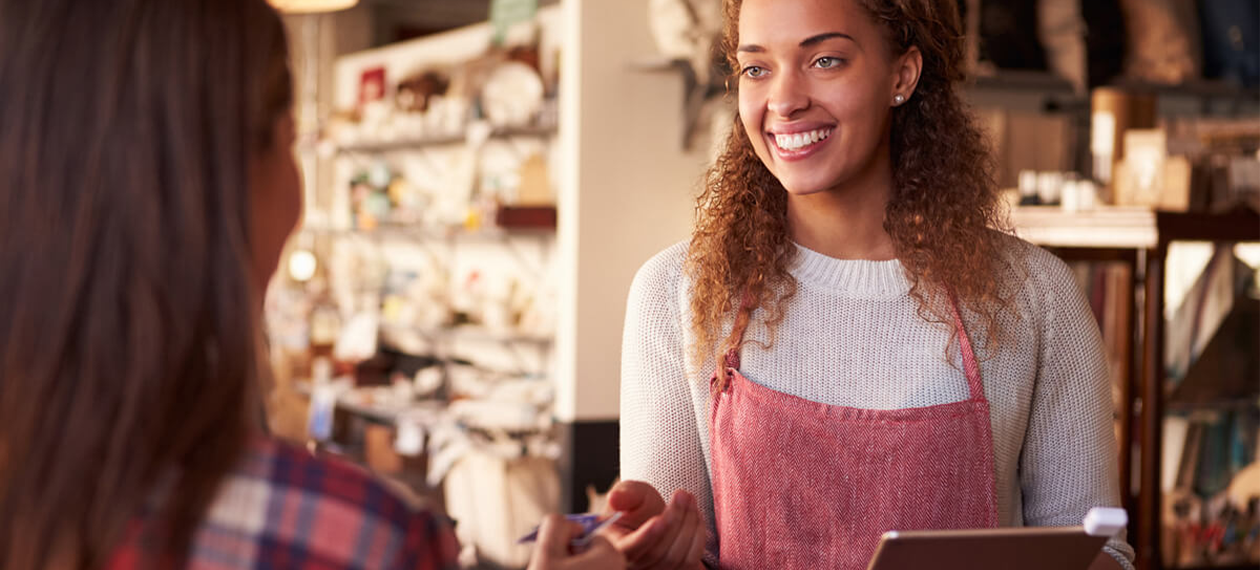

-4.png)
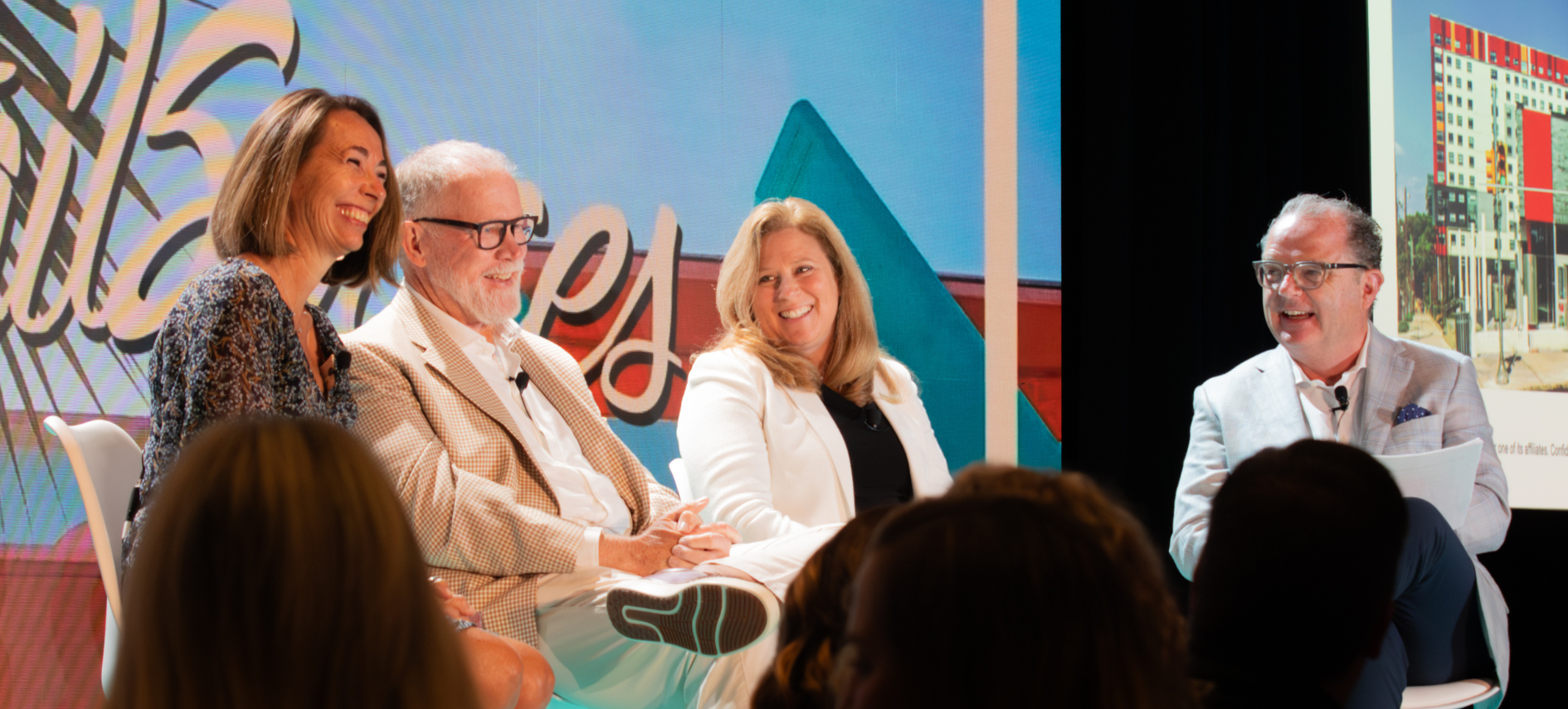
-4.png)
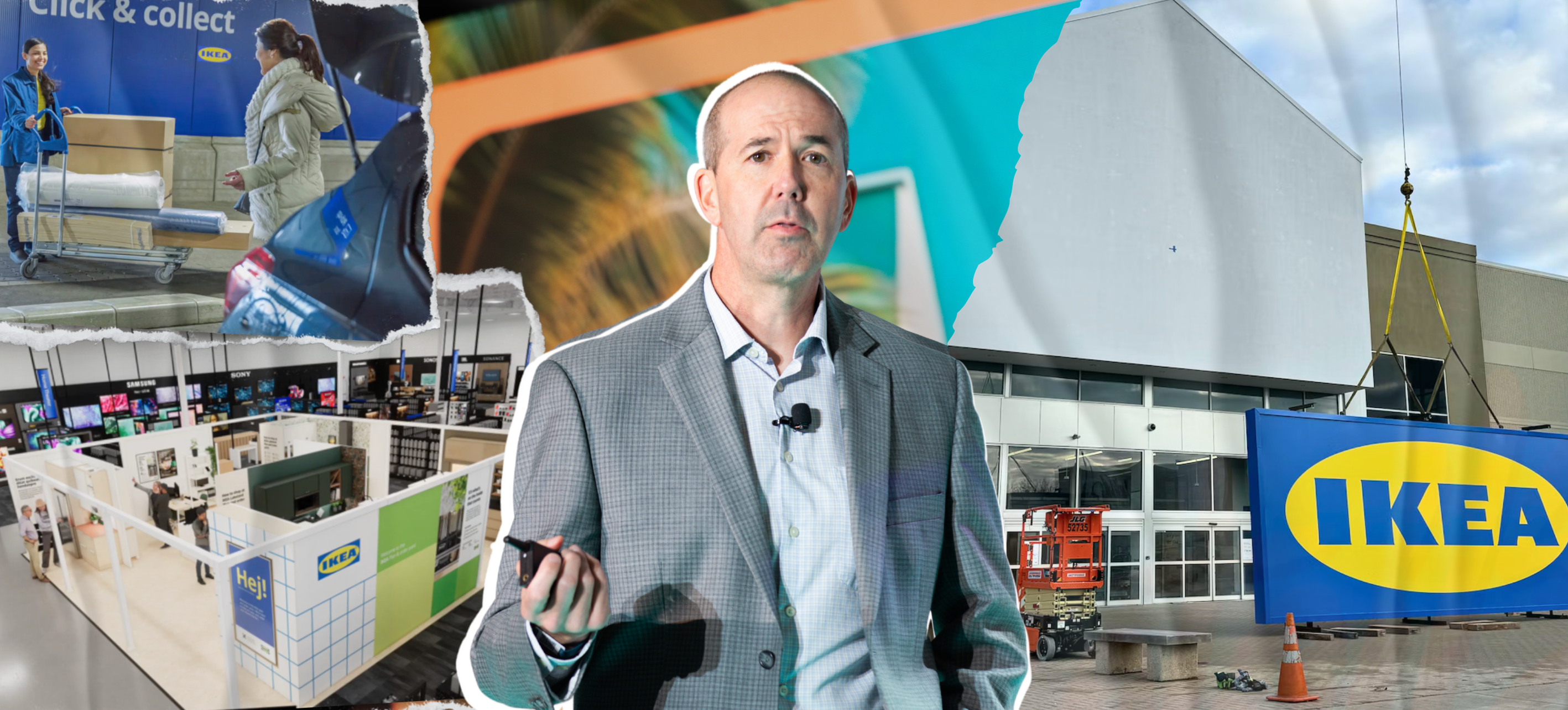
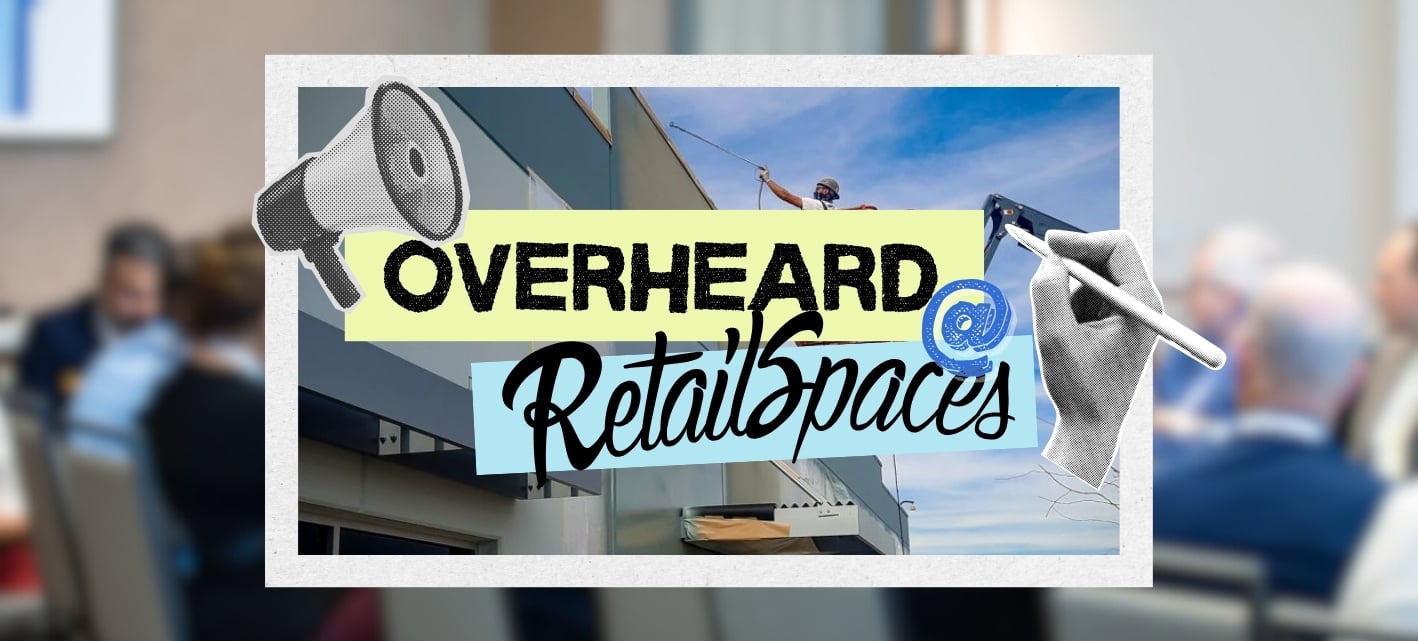

Comments